Fuel tanker operations are critical components of the energy supply chain, ensuring that fuel is efficiently and safely delivered from refineries to distribution points. Proper unloading procedures are paramount to prevent accidents, environmental contamination, and operational disruptions. At CarMax Vehicle, we specialize in designing semi-trailers that optimize these processes, ensuring safety and efficiency at every step. This guide delves into the intricate procedures involved in fuel tanker unloading, offering a detailed roadmap for industry professionals.
Table of Contents
- Pre-Unloading Preparations
- Safety Protocols and Compliance
- Equipment Inspection and Maintenance
- Unloading Procedures
- Environmental Considerations
- Emergency Response Plans
- Optimizing Efficiency in Unloading
- Technological Innovations in Unloading
- Best Practices for Fuel Tanker Unloading
- Conclusion
- Frequently Asked Questions
Pre-Unloading Preparations
Effective unloading begins long before the fuel tanker arrives at the destination. Proper planning and preparation are essential to ensure smooth operations.
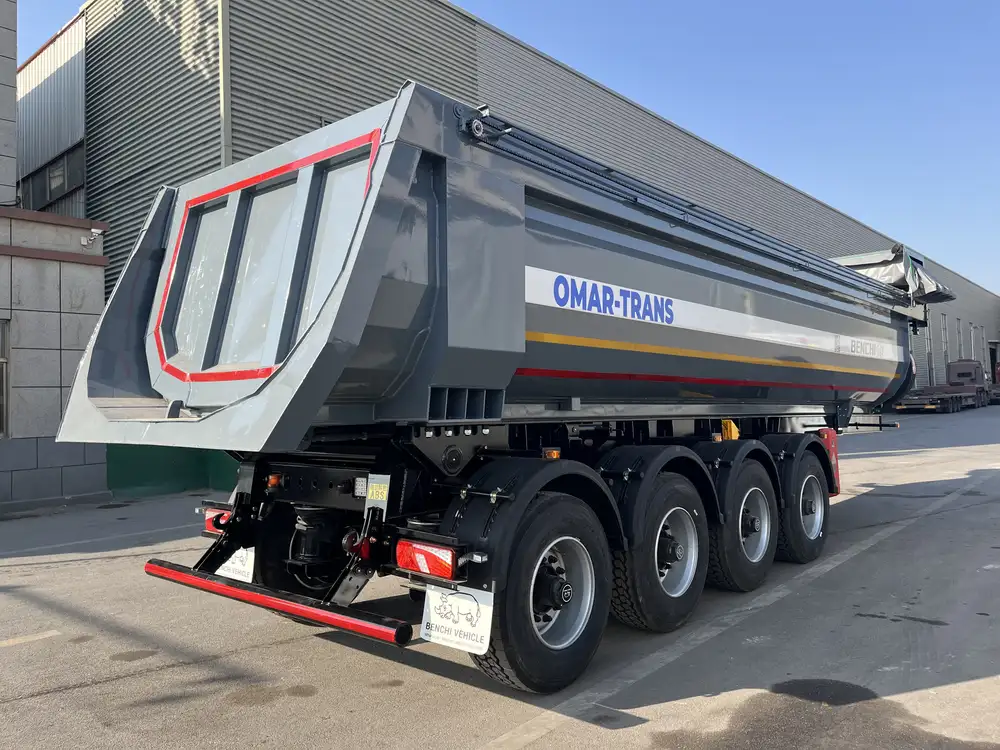
Scheduling and Coordination
- Appointment Scheduling: Coordinate with the receiving facility to set specific unloading times, minimizing downtime and avoiding peak traffic hours.
- Route Planning: Optimize the delivery route to prevent delays and ensure timely arrival, considering traffic patterns and potential hazards.
- Documentation: Prepare all necessary paperwork, including delivery manifests, safety data sheets (SDS), and compliance certificates.
Site Preparation
- Unloading Area Setup: Ensure the unloading site is clear, well-marked, and equipped with necessary infrastructure like docks and grounding stands.
- Grounding Procedures: Install grounding rods to prevent static electricity buildup, a critical step in reducing fire and explosion risks.
- Access Control: Limit access to authorized personnel only, enhancing security and reducing the risk of accidents.
Personnel Training
- Certified Operators: Ensure that all personnel involved in the unloading process are properly trained and certified in handling hazardous materials.
- Safety Briefings: Conduct thorough safety briefings to highlight potential hazards and emergency procedures specific to the unloading operation.

Safety Protocols and Compliance
Adhering to stringent safety protocols is non-negotiable in fuel tanker unloading to safeguard personnel, equipment, and the environment.
Regulatory Standards
- OSHA Compliance: Follow Occupational Safety and Health Administration (OSHA) guidelines to ensure workplace safety and health standards are met.
- EPA Regulations: Comply with Environmental Protection Agency (EPA) regulations to prevent environmental contamination during unloading.
- Local Laws: Abide by local and state regulations governing fuel storage, handling, and transportation.
Personal Protective Equipment (PPE)
- Mandatory Gear: Equip all personnel with appropriate PPE, including gloves, safety goggles, flame-resistant clothing, and respiratory protection.
- PPE Maintenance: Regularly inspect and maintain PPE to ensure it remains effective and in good condition.
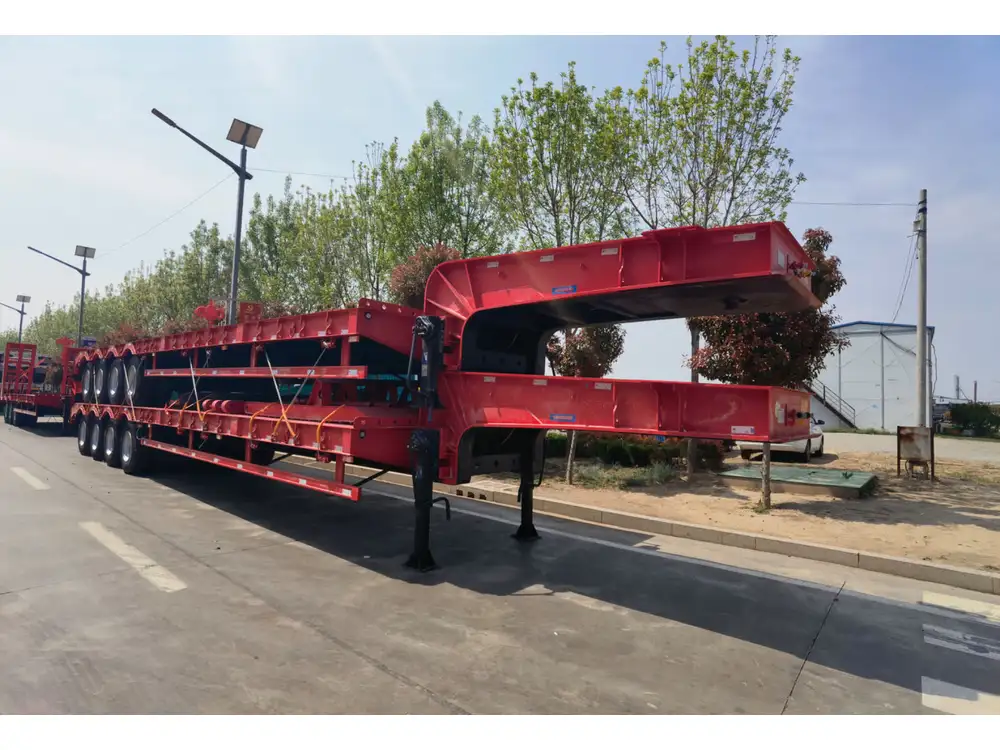
Hazard Communication
- Labeling: Properly label all fuel containers with clear hazard warnings and handling instructions.
- Safety Signage: Install visible safety signs around the unloading area to inform personnel of potential dangers and required precautions.
Equipment Inspection and Maintenance
Reliable equipment is the backbone of safe and efficient unloading operations. Regular inspections and maintenance prevent malfunctions and ensure operational readiness.
Tanker Inspection
- Structural Integrity: Examine the tanker’s structural components, including the chassis, wheels, and suspension, for any signs of wear or damage.
- Seals and Valves: Check all seals and valves for leaks or defects, ensuring that connections are secure and leak-free.
- Grounding Equipment: Verify that grounding equipment is functional and properly connected before unloading begins.
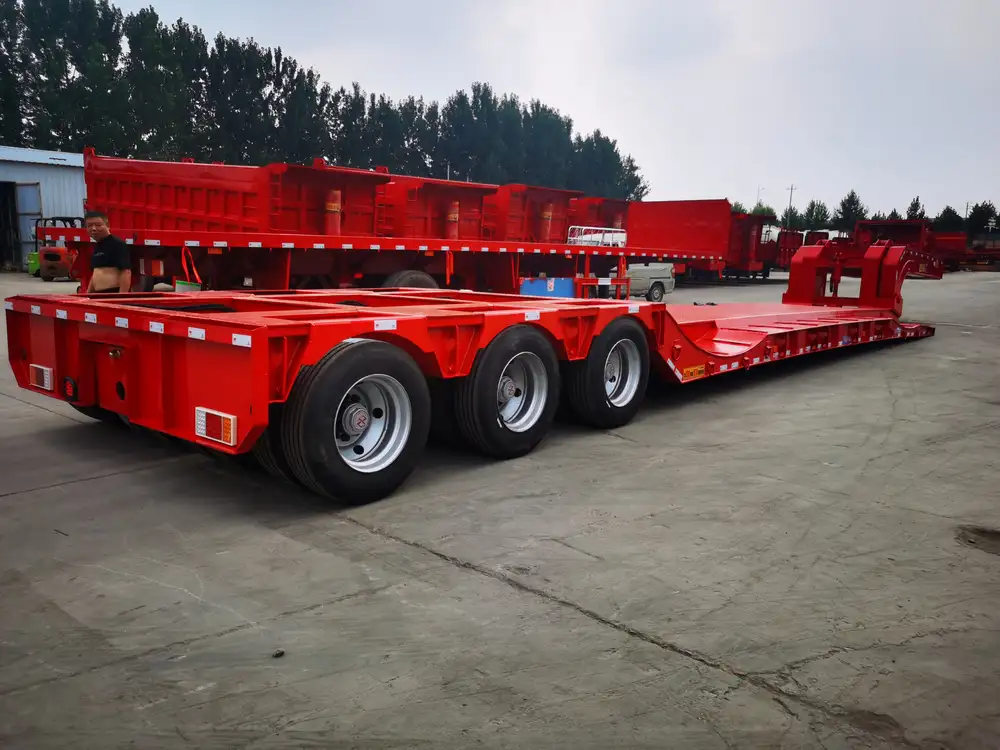
Pump and Hose Inspection
- Pump Functionality: Test the fuel pump for proper operation, ensuring it can handle the flow rate required for efficient unloading.
- Hose Integrity: Inspect hoses for cracks, abrasions, or other damage that could lead to leaks or ruptures during the unloading process.
- Connectors and Fittings: Ensure all connectors and fittings are tight and free from corrosion to maintain a secure fuel transfer.
Safety Equipment Check
- Fire Extinguishers: Confirm that fire extinguishers are accessible, fully charged, and in working condition.
- Spill Containment Kits: Verify that spill containment kits are available and adequately stocked to handle potential fuel spills.
Unloading Procedures
A systematic approach to unloading ensures that fuel is transferred safely and efficiently from the tanker to the storage facility.

Initial Setup
- Positioning the Tanker: Align the tanker precisely with the unloading dock to facilitate easy connection of hoses and minimize spillage risks.
- Grounding the Tanker: Establish a proper grounding connection to prevent static electricity buildup, which could ignite fuel vapors.
- Operator Briefing: Conduct a final briefing with all personnel to review the unloading plan, roles, and safety measures.
Fuel Transfer Process
- Valve Opening: Carefully open the tanker’s discharge valves, adhering to manufacturer guidelines to control the flow rate and pressure.
- Monitoring Flow Rates: Continuously monitor the flow rates to prevent overfilling the storage tanks and to maintain system integrity.
- Leak Detection: Use sensors and visual inspections to detect any leaks or spills promptly, allowing for immediate response.
Post-Unloading Procedures
- Final Inspection: Conduct a thorough inspection of the tanker and unloading equipment to ensure no residual fuel remains and all valves are properly closed.
- Documentation: Complete all necessary documentation, including transfer logs and inspection reports, to maintain accurate records and ensure regulatory compliance.
- Tanker Disconnection: Safely disconnect hoses and remove grounding equipment, ensuring the tanker is secure for transport to its next destination.
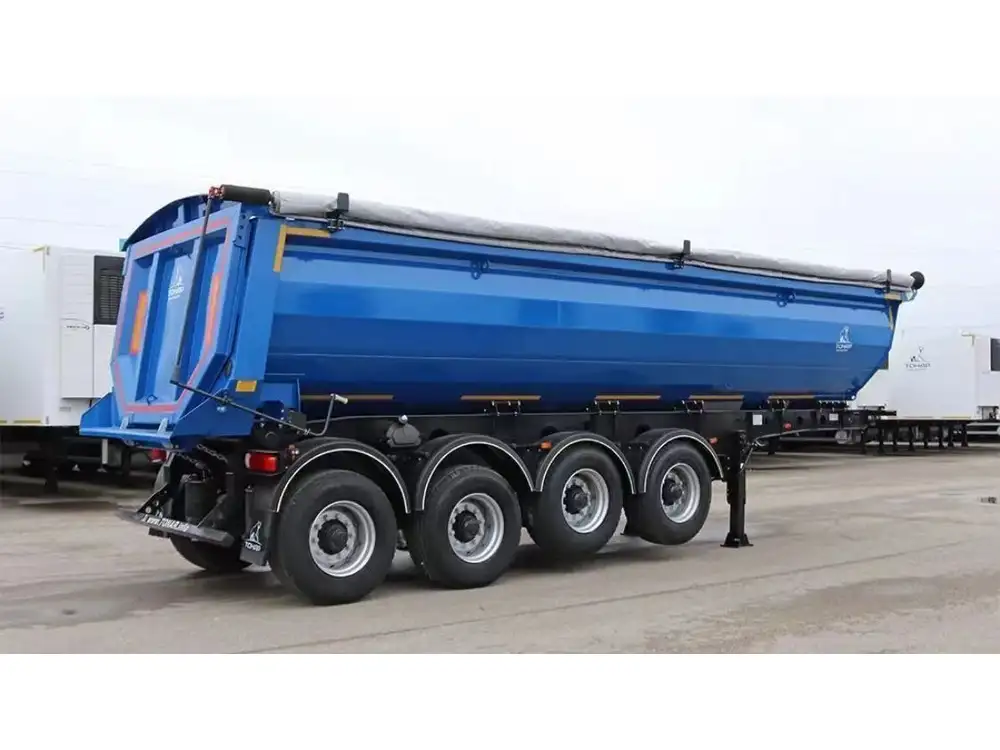
Environmental Considerations
Protecting the environment is a critical aspect of fuel tanker operations. Implementing best practices minimizes the ecological impact of unloading procedures.
Spill Prevention
- Double-Hose Systems: Utilize double-hose systems to provide backup in case the primary hose fails, reducing the likelihood of spills.
- Automatic Shutoff: Install automatic shutoff devices that can halt fuel flow in the event of a leak detection.
- Containment Barriers: Set up containment barriers around the unloading area to capture any accidental spills.
Emission Control
- Vapor Recovery Systems: Implement vapor recovery systems to capture and recycle fuel vapors, reducing air pollution and conserving fuel.
- Evaporation Minimization: Design unloading procedures to minimize fuel evaporation, using covered transfer points and temperature control measures.

Waste Management
- Proper Disposal: Ensure that all waste materials, including contaminated PPE and used absorbents, are disposed of according to environmental regulations.
- Recycling Programs: Promote recycling of materials whenever possible to reduce environmental footprint and support sustainability efforts.
Emergency Response Plans
Preparedness is essential for mitigating the consequences of unexpected incidents during the unloading process.
Incident Response Teams
- Trained Personnel: Establish dedicated incident response teams trained in handling fuel spills, fires, and other emergencies.
- Clear Roles: Define clear roles and responsibilities for each team member to ensure coordinated and efficient responses.

Emergency Equipment
- Fire Suppression Systems: Equip the unloading area with fire suppression systems capable of quickly extinguishing fuel-related fires.
- Spill Control Tools: Maintain a stock of spill control tools, including absorbent pads, booms, and neutralizing agents, readily accessible during emergencies.
Communication Protocols
- Alert Systems: Implement alert systems to notify all personnel of an emergency instantly.
- Coordination with Authorities: Establish communication channels with local emergency services to facilitate rapid assistance when needed.
Optimizing Efficiency in Unloading
Maximizing efficiency in the unloading process reduces operational costs and enhances overall productivity.
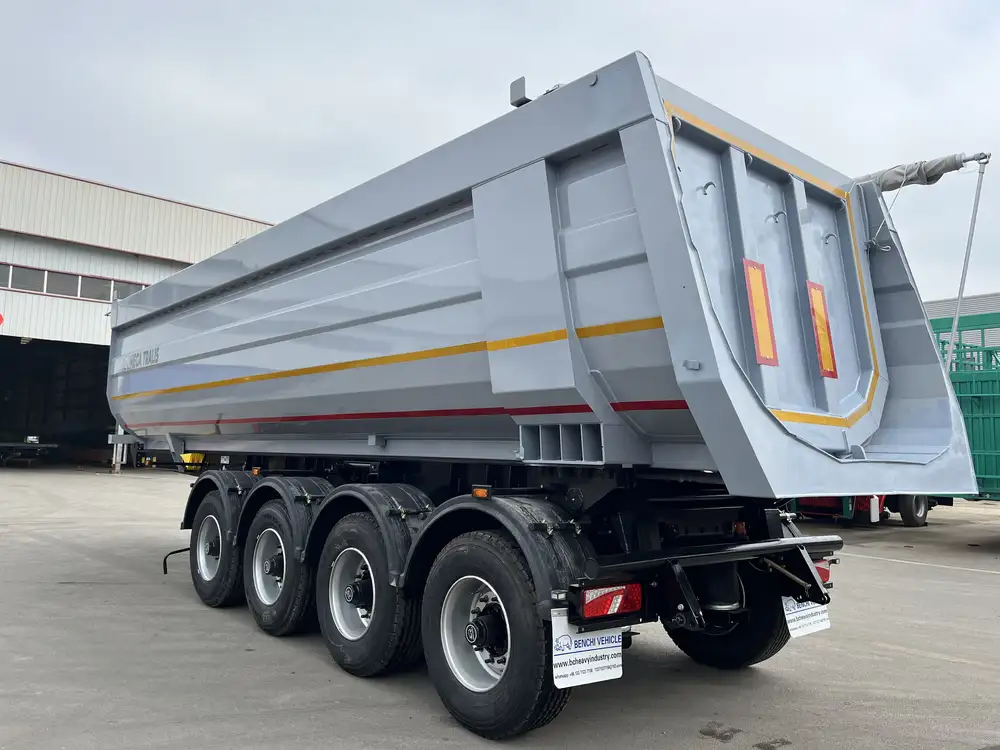
Streamlined Processes
- Standard Operating Procedures (SOPs): Develop and implement SOPs to standardize unloading procedures, minimizing errors and delays.
- Lean Management: Apply lean management principles to identify and eliminate waste in the unloading process, improving speed and efficiency.
Workforce Management
- Adequate Staffing: Ensure sufficient staffing levels to handle peak unloading periods without compromising safety or quality.
- Continuous Training: Provide ongoing training to keep personnel updated on the latest techniques, technologies, and safety practices.
Technology Integration
- Automated Systems: Integrate automated fuel transfer systems to enhance precision, reduce manual labor, and increase throughput.
- Real-Time Monitoring: Utilize real-time monitoring systems to track fuel transfer progress, detect anomalies, and adjust operations as needed.

Technological Innovations in Unloading
Embracing technological advancements can significantly enhance the safety and efficiency of fuel tanker unloading.
Smart Sensors and IoT
- Leak Detection Sensors: Deploy smart sensors that can detect even minor leaks, enabling prompt intervention and minimizing spill risks.
- Internet of Things (IoT) Integration: Connect unloading equipment to IoT platforms for real-time data collection, analysis, and remote monitoring.
Automated Fuel Management
- Fuel Management Software: Implement fuel management software to streamline scheduling, inventory tracking, and reporting, ensuring optimal fuel flow and availability.
- Automated Shutoff Systems: Utilize automated shutoff systems that can instantly stop fuel flow upon detecting abnormalities, preventing accidents.
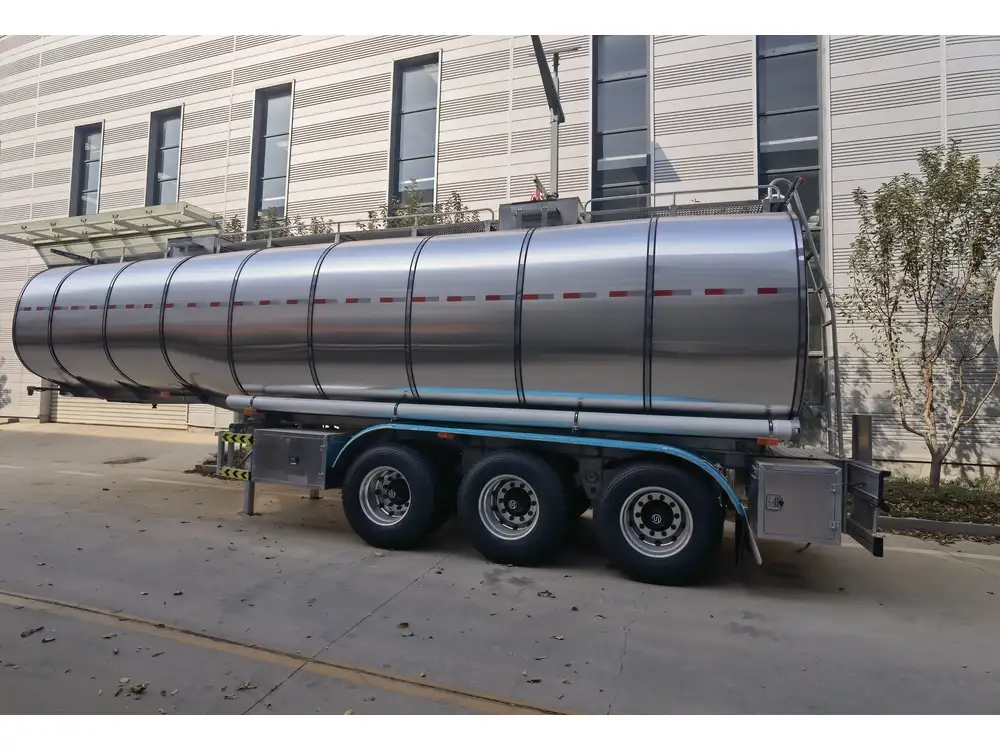
Advanced Communication Tools
- Two-Way Radios: Equip personnel with two-way radios for seamless communication during the unloading process and in emergencies.
- Mobile Applications: Leverage mobile applications for managing documentation, tracking fuel transfers, and coordinating logistics efficiently.
Best Practices for Fuel Tanker Unloading
Adhering to industry best practices ensures that fuel tanker unloading operations are safe, efficient, and compliant with regulations.
Comprehensive Training Programs
- Initial and Ongoing Training: Provide comprehensive training programs for all personnel, covering safety protocols, equipment operation, and emergency response.
- Certification Requirements: Ensure that all staff hold necessary certifications and licenses required for handling hazardous materials.

Regular Audits and Assessments
- Safety Audits: Conduct regular safety audits to identify potential hazards and implement corrective measures proactively.
- Operational Assessments: Perform periodic assessments of unloading procedures to identify areas for improvement and optimize performance.
Collaborative Partnerships
- Supplier Coordination: Collaborate closely with fuel suppliers to ensure timely deliveries and consistent fuel quality.
- Industry Associations: Engage with industry associations to stay updated on the latest standards, technologies, and best practices.
Conclusion
Fuel tanker unloading is a complex process that demands meticulous planning, stringent safety measures, and continuous optimization. At CarMax Vehicle, we understand the intricacies involved and offer state-of-the-art semi-trailers designed to enhance safety and efficiency. By adhering to best practices, leveraging technological advancements, and prioritizing environmental stewardship, organizations can ensure that their unloading operations are both effective and sustainable. Implementing the strategies outlined in this guide will not only improve operational performance but also contribute to the long-term success and reliability of your fuel supply chain.

Frequently Asked Questions
1. What are the key safety measures to implement during fuel tanker unloading?
Implementing key safety measures includes thorough site preparation, proper grounding of the tanker, use of personal protective equipment (PPE), regular equipment inspections, adherence to regulatory standards, and having a robust emergency response plan in place. Ensuring that all personnel are trained and aware of safety protocols is also essential.
2. How can technology improve the efficiency of fuel tanker unloading?
Technology can enhance efficiency through the use of automated fuel transfer systems, real-time monitoring with smart sensors and IoT integration, fuel management software for streamlined operations, and advanced communication tools like two-way radios and mobile applications. These innovations reduce manual errors, speed up the process, and ensure precise fuel transfer.
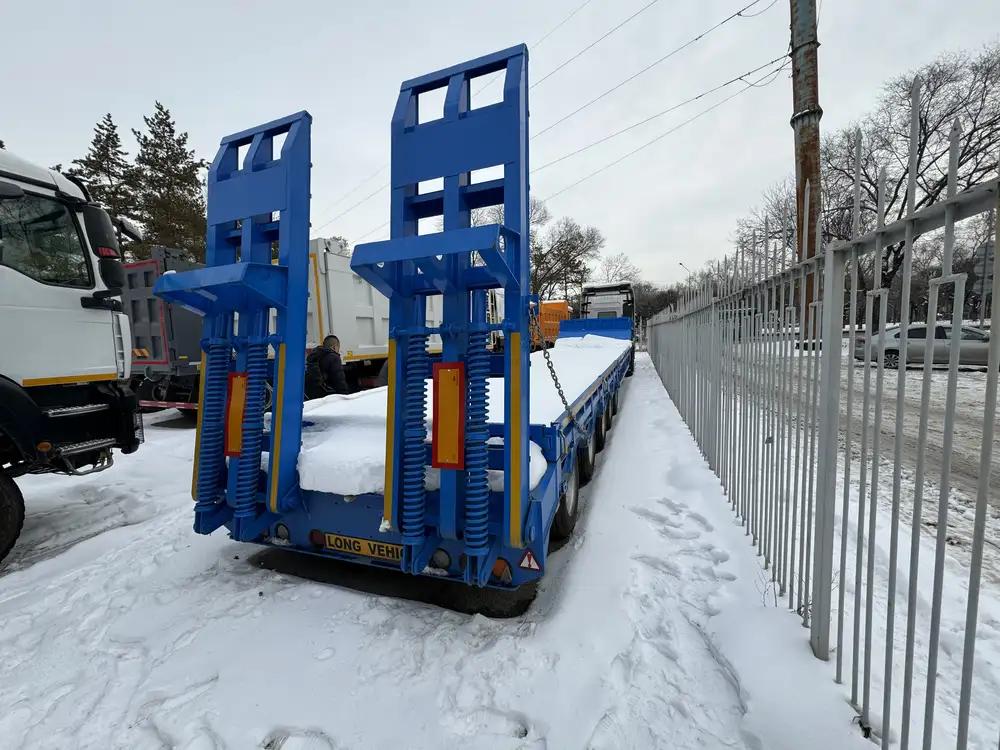
3. What environmental protections are necessary during fuel unloading?
Environmental protections include spill prevention measures such as double-hose systems and containment barriers, vapor recovery systems to minimize emissions, and proper waste management practices to dispose of contaminated materials responsibly. Additionally, adhering to EPA regulations and implementing emission control technologies are crucial for minimizing environmental impact.
4. What should be included in an emergency response plan for fuel tanker unloading?
An emergency response plan should include designated incident response teams, clear roles and responsibilities, readily accessible emergency equipment like fire suppression systems and spill control tools, defined communication protocols, and coordination with local emergency services. Regular drills and training sessions are also vital to ensure preparedness.
5. How often should fuel tanker unloading procedures be reviewed and updated?
Fuel tanker unloading procedures should be reviewed and updated regularly, typically annually or whenever there are significant changes in regulations, technology, or operational practices. Regular audits and assessments help identify areas for improvement and ensure that procedures remain effective and compliant with current standards.



